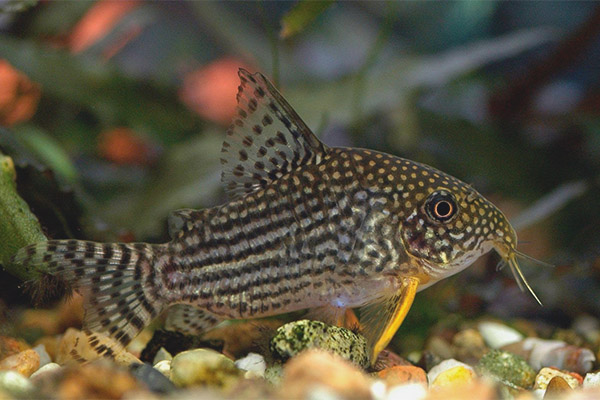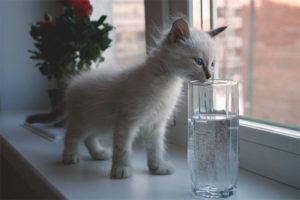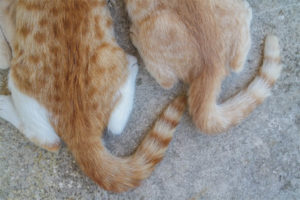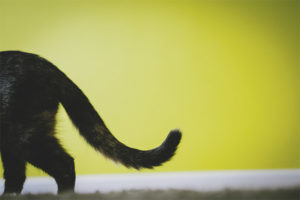The content of the article
The aquarium is a small closed ecosystem where each inhabitant has its own role. Sterba Corridor belongs to the order of crustacean catfish and has chosen for itself the bottom layer. It is interesting to observe how he digs in the ground with concentration, blows out among the plants and suddenly rises to the surface to take a breath. The beauty and grace of the fish attracts attention. She has long gained popularity and firmly settled in domestic aquariums.
A separate world behind the glass
Aquaria has a long history. In Egypt, China and Greece, artificial reservoirs were created and the behavior of tamed fish was studied. And in 1841, the first classic aquarium appeared, where plants were planted and ornamental fish lived. Modern aquaria has several areas: decorative, scientific, commercial. But the largest number of people contain an aquarium for pleasure, this occupation became their hobby.
Every person who starts breeding fish admires guppies and barbs, and in his heart dreams of a rare exotic fish that will live only in his aquarium. Gradually, he realizes that you should not live only dreams, around a lot of amazing inhabitants of the planet, for example, the modest armored catfish of the Sterba corridor.
Guest from Amazon
The fish does not have a bright coloring, but attracts the eye with neat bright spots on a dark background. Closer to the tail, they go into longitudinal stripes. The highlight was the bright orange rays of the pectoral fins and the iris. In nature, the body length of the fish is 6 - 8 cm, in captivity, they are a bit shorter.
Sterb's corridor became accustomed to the lack of oxygen in the water, and gradually they developed a protective mechanism in the form of the possibility of assimilating atmospheric oxygen.Therefore, occasionally the fish rise to the surface and capture the air with their mouth wide open. They are sociable guys and best of all feel in a flock of 5 - 10 individuals. The fry group gets acclimatized well and then there is a high probability that there will be individuals of different sexes.
Comfortable living conditions
Somik is picky, but has its own preferences. He is thermophilic, and the water temperature in the aquarium should be in the range of 25-27 ° C. He does not like loneliness, is peaceful and calm. In mixed aquariums, he occupies the bottom zone, almost without interfering with other fish. If the content of an impressive somik flock is supposed, then it is worth choosing an aquarium with a large bottom area and pour in a layer of sand and small stones. Must be secluded places:
- decorative snags;
- grottoes;
- figures of ships and castles for the aquarium.
Lighting is better to establish a soft and diffused. Plants are best chosen with a strong root system. Somiks in their love to dig in search of tasty do not notice barriers and literally turn everything upside down.The nature of the fish is livable and it gets along well with its neighbors: picicles, races, neons.
The ration basis of the Sterba corridor are:
- dry food;
- pipemaker;
- specialized concentrate;
- tablets for catfish;
- vegetable mixtures.
The balance should be 30% vegetable feed and 70% protein species. Otherwise problems with the digestive system. Somiks pick up food from the bottom, so when buying food, it is worth considering that a part of it should quickly sink into the lower layers. On the other hand, the fish will surely pick up everything that their neighbors in the aquarium did not eat, and then conscientiously dig up everything in search of food again. For this habit they are called nurses and try to be sure to keep along with other types of ornamental fish.
Somiks, constantly digging in bottom sediments, raise a suspension of food debris and small particles of soil, the water becomes turbid. To combat this, it is worth trying:
- periodic connection of a powerful filter;
- replacement of small fractions with large pebbles;
- establish a regular diet.
For breeding, you need a separate container with warm water and transfer the fish to live food. After a few days, the water in the spawning pool is cooled, and the lighting is slightly muffled. This becomes for females a signal to start throwing eggs. Then adult individuals are deposited, otherwise they eat eggs.
Sterba Corridor live in an aquarium for up to 5 years, delighting with their optimism and restlessness. Simple conditions of maintenance made the fish quite popular with beginner aquarists and experienced craftsmen, delivering a lot of fun when watching their tricks.
Video: aquarium fish sterba corridor











To send